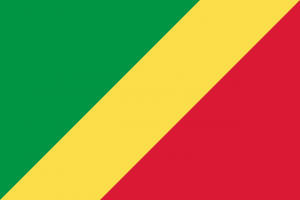Language/Lingala/Grammar/Plurals
Hi Lingala learners!😊
Learning Lingala Grammar can be a challenging task, but with the right approach and dedication, you can master it in no time! In this lesson, we will focus on plurals in Lingala.
Plural Formation
In Lingala, there are two ways to form plurals: by adding a suffix or by reduplication.
Suffix
The most common way to form plurals is by adding a suffix. The suffix used depends on the noun's gender and number. For singular nouns ending in a vowel, the suffix -o is added. For singular nouns ending in a consonant, the suffix -e is added. For plural nouns ending in a vowel, the suffix -i is added. For plural nouns ending in a consonant, the suffix -a is added.
For example:
- Singular noun ending in a vowel: mbóka (book) → mbóko (books)
- Singular noun ending in a consonant: nkómbo (house) → nkómboe (houses)
- Plural noun ending in a vowel: mbóki (books) → mbókii (many books)
- Plural noun ending in a consonant: nkómboa (houses) → nkómboaa (many houses)
Reduplication
Reduplication is another way to form plurals in Lingala. It is used for nouns that refer to people or animals. To form the plural, the first syllable of the noun is repeated.
For example:
- Singular noun: mwana (child) → mwana-mwana (children)
- Plural noun: mwana-mwana (children) → mwana-mwana-mwana (many children)
Plural Agreement
When using a plural noun, the verb must also be in the plural form. This is known as plural agreement. To form the plural of the verb, the suffix -i is added.
For example:
- Singular noun + singular verb: mwana língi (the child speaks)
- Plural noun + plural verb: mwana-mwana língii (the children speak)
Conclusion
In this lesson, we have learned about plurals in Lingala. We have seen that there are two ways to form plurals: by adding a suffix or by reduplication. We have also seen that when using a plural noun, the verb must also be in the plural form.
To improve your Lingala Grammar, you can also use the Polyglot Club website. Find native speakers and ask them any questions!
If you have any questions, please ask them in the comments section below.
Feel free to edit this wiki page if you think it can be improved. 😎
Related Lessons
- The Future Tense To Be
- Create your first simple sentences in the affirmative
- Irregular verbs – koya – to come
- Past progressive tense
- Verb to be
- Present Tense
- The first 10 words
- Negation
- Questions

